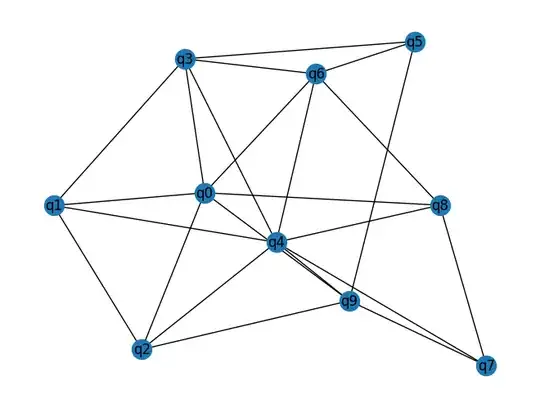See this paper for a proof, but I will sumamrize the idea below.
Suppose you have a stabilizer state $|\psi\rangle$ and a set $\mathcal{S}$ of Paulis that generate its stabilizer group, $\langle S \rangle$.
You can represent the generators by a pair of matrices, $X$ and $Z$, such that $X[i, j] = 1$ if the $i$-th generator has a tensor factor of $\sigma_x$ in the $j$-th position.
For example, if you have generators $\sigma_x \otimes \sigma_x$ and $\sigma_z \otimes \sigma_z$ for the bell state, then the matrix you obtain is $X = \begin{pmatrix} 1 & 1 \\ 0 & 0 \end{pmatrix}$ and $Z = \begin{pmatrix} 0 & 0 \\ 1 & 1\end{pmatrix}$. Of course, you can always choose different generators, so this depiction is not unique.
If you do this procedure for a graph state $|G\rangle$ by using the natural generators of the stabilizer group of the graph state, you always obtain matrices where $X$ is identity, and $Z$ is exactly the adjacency matrix of the graph.
The claim now is: We can take any two matrices $X$ and $Z$ that encode a stabilizer group, and transform them into $X = I$ and $Z$ into a adjacency matrix.
This is done using something similar to a binary RREF procedure, where the binary addition of two rows is like multiplying two group generators to form a new group generator, or by swapping columns of the two matrix via conjugation by $H$ gate. This way, we can reduce $X$ matrix, obtaining identity, and it can be shown that $Z$ becomes symmetric. There are some additional details, but due to the structure of the matrices, we can always obtain an $X$ and $Z$ of this form.
